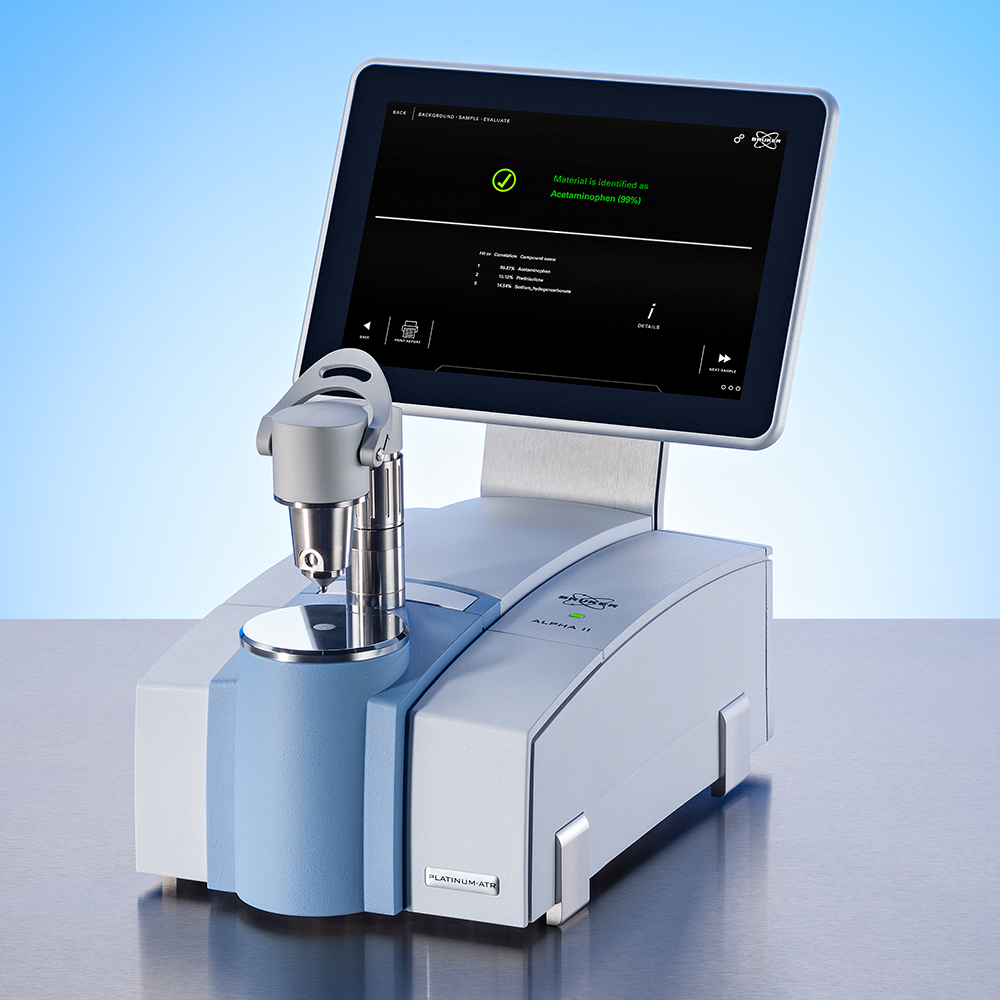

The World of Diamonds: From Imagination to Reality
Diamonds
Favored for millennia as cut stones due to their unsurpassed vibrance, gem-grade diamonds form the centerpiece to many jewelry pieces. However, because diamonds are the hardest natural occurring mineral on our planet and their naturally high thermal conductivity, those that don't make the grade as cut stones end up in a myriad of industrial uses. Bruker's advance analytical solutions support all aspects of the diamond industry from exploration, to extraction, and to grading.
Multi-scale Analysis: Exploration for New Diamond Occurrences
Exploration for new diamond deposits has been built upon a fundamental understanding of the processes leading to their formation, and from that the detection of the more abundant associated minerals such as pyrope garnet, chromium diopside, and chromite. These indicator minerals, detected in stream sediments, glacial tills, or in peridotite and eclogite xenoliths, have proven fruitful in detection of diamond-bearing kimberlite and lamproite pipes.
Bruker provides analytical solutions for rapid characterization of granulated materials (tills, sediments, crushed rocks) and drill core for positive identification of diamond indicator minerals. Solutions include:
- M4 TORNADO micro-XRF instrument, which allows rapid geochemical mapping of minimally prepared samples such as cut drill core and scatter mounts. Analyze samples without the need for polishing or conductive coating, producing texturally resolved and fully quantitative compositional maps for identification of specific indicator mineral species. Bruker's M4 TORNADO PLUS is tailored for enhanced light element analysis, enabling detection of elements as light as carbon. The rapid scanning speeds of the Bruker micro-XRF instruments reduce turn around times on critical information needed in exploration targeting and reduce the number of samples and improve sub-sampling decisions for more detailed characterization steps.
- QUANTAX systems for Scanning Electron Microscope allow characterization of textures and compositions at the micrometer scale in polished grain mounts and thin sections. Use Bruker's AMICS automated mineral platform to rapidly identify and characterize indicator mineral suites. Integrating the use of QUANTAX EDS and QUANTAX WDS detectors allows the quantification of the full suite of major, minor and trace elements needed to best evaluate diamond prospectivity and fertility in regional exploration.
Making the Grade: Assessing Diamond Quality and Authenticity
Of all diamonds mined, only 20% make the grade to be considered gem quality. Evaluated on the basis of the "four Cs" – colour, clarity, carat and cut –diamonds need to be graded for purposes and ultimately for their value as gems. Diamonds are also no longer confined to the realms of the natural world, it is now relatively easy to make synthetic diamonds, or non-carbon imitations. Consequently, it is important to correctly describe and classify any diamond that is to be sold in the open market to ensure that the customer has traceability, and the diamond is the genuine article.
Bruker provides a full range of solutions that suit every application and analytical need in the diamond analytical workflow. Diamond quality and grading tools include:
- ALPHA II Diamond Analyzer, developed in collaboration with HRD-Antwerp, provides rapid and low-cost classification of diamonds, and detection of synthetic or imitation stones. Designed to be easy to use, even for non-expert spectroscopists.
- EMX series Electronic Paramagnetic Resonance (EPR) analyzers provide an unambiguous technique for quantifying nitrogen centers in diamonds, providing a tool for color grading, and to distinguish between synthetic and natural diamonds.
- The SKYSCAN 1275 X-ray microscope provides an exact model of the raw diamond including the 3D location of mineral inclusions, which affect the clarity grade of a diamond and hence its price. This enables the cutter to optimize cut, clarity and carat weight.
Analytical Solutions: Related Technologies
| Technology | Application |
Product |
|---|---|---|
| 3D X-ray Microscopy |
Non-destructive density contrast three dimensional imaging of the interior and exterior of a sample for qualitative and quantitative microstructure analysis. | SKYSCAN 1275 |
| Micro-XRF | Rapid mapping of minimally prepared samples yielding elemental and mineralogical information as well as textural distributions in solid and granulated samples, with mineral chemistry measured down to ppm levels. | M4 TORNADO and M4 TORNADO PLUS |
| QUANTAX systems for scanning electron microscopes | Providing comprehensive structural and compositional data on any solid sample to sub-micron scales. | QUANTAX EDS, QUANTAX WDS and QUANTAX EBSD |
| Automated Mineralogy | Automated mineralogy solution for scanning electron microscopes and micro-XRF, driving rapid mineral identification and characterization for wide ranging applications in geoscience and geological engineering. | AMICS |
| micro-XRF on SEM with XTrace | Upgrades an SEM to allow trace element analysis on the same instrument. High-speed mapping using XTrace is possible when coupled with the Rapid Stage, a modular piezo-based system that mounts directly onto a standard SEM stage. | QUANTAX Micro-XRF |
X-ray Diffraction |
All mineralogy applications and needs from compact, benchtop instruments to high-resolution single-crystal characterization. |
|
ED-XRF |
Analyze from C to Am, with sample changer systems holding up to 20 samples |
|
WD-XRF |
Provide high-performance bulk geochemical performance in a compact format, and sequential WD-XRF allows major and trace element analyses in a single run |
|
MicroRaman spectroscopy |
Point analysis and mapping of mineral structure and composition, discriminating polymorphs or chemically similar but structurally different minerals, with spectral reference libraries allowing rapid and routine characterization and OPUS software optimizing spectral matching. |
SENTERRA II Raman Microscope |
FT-IR Spectroscopy |
Chemical structure at the molecular scale where elemental data alone is insufficient, including organic matter characterization, prosody and permeability studies, analysis of glasses, fluid and melt inclusions.
|
ALPHA II Diamond Analyzer |











